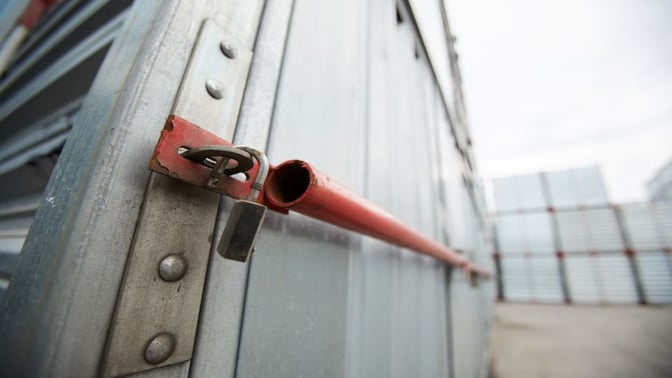LCL and FCL explained
Table of Content
Containers are by far the most popular form of transport in international trade and e-commerce. In most cases, they are transported by water, although land routes also play their part. Supply chain managers and e-commerce retailers will quickly come across the terms Less than Container Load and Full Container Load. In this article, you will learn everything you need to know about LCL and FCL.
What does LCL mean?
LCL stands for Less than Container Load or Less than full Container Load and describes a method of loading containers. LCL is an approach in which a container is not loaded exclusively with a company's products.
This means that your goods are in a container together with other goods. The container " accumulates" products along the entire supply chain and can also distribute them to various fulfillment centers and central warehouses along the way.
If you use the LCL method, your goods are shipped in a container together with other products, and there are various loading and unloading points.
What does FCL mean?
If you use the FCL method, your goods are transported in a container that is sealed at the point of shipment and is not opened and unloaded until it reaches its destination.

What are the differences and peculiarities of these freight methods?
There are distinctions between these cargo modes, both legally and in practical operation.
LCL |
FCL |
|
|
.jpg?width=960&name=fcl_full_container_load_lcl_less_than_container_load72%20(1).jpg)
What are the advantages and disadvantages of LCL and FCL?
Generally speaking, the FCL method is less complex than the LCL method. The loading, unloading, and customs clearance are simplified, which means that the transport times are usually significantly shorter with the Full Container Load. In addition, your goods are better protected, for example, during transport through problematic third countries.
However, this is usually offset by higher costs because the volume of a container is often not utilized completely.
The Less than Container Load method, on the other hand, is mainly suitable for traders who are looking for inexpensive transport, often of smaller quantities. In this case, the carrier assumes liability for damage and loss. More complicated customs clearance and repeated loading and unloading result in longer transport times.
In a nutshell, for merchants like you, various factors such as customs formalities, quantity, volume and weight of your products, costs, and urgency, as well as transit areas are decisive.
